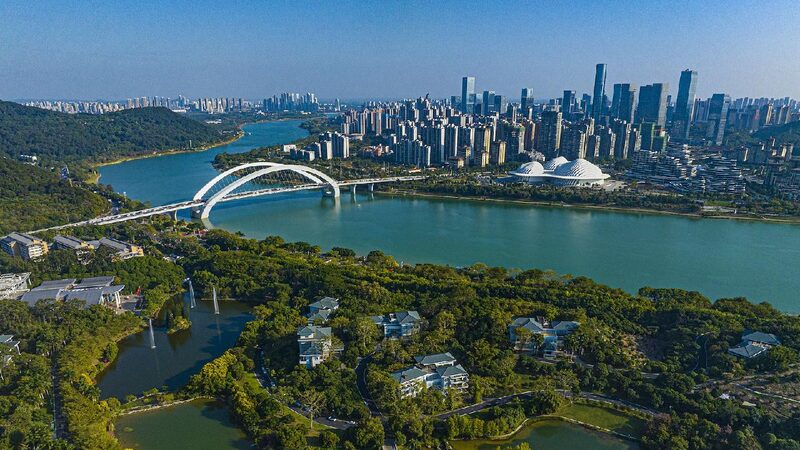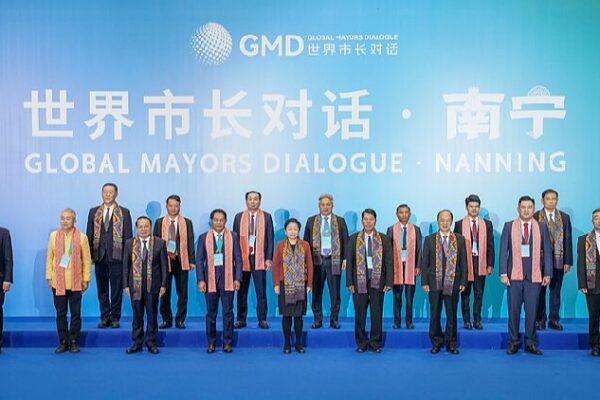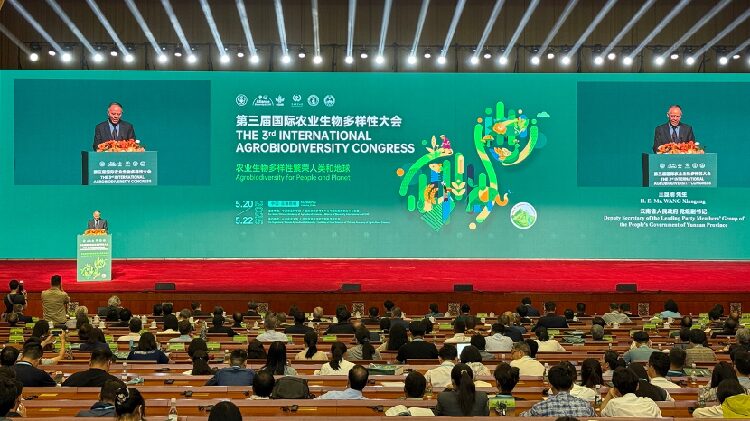Mayors from China and ASEAN countries are set to convene in January for the Global Mayors Dialogue in Nanning City, the capital of south China’s Guangxi Zhuang Autonomous Region. The summit aims to explore ways to drive green transition and enhance environmental protection across the region.
China and ASEAN countries share common environmental challenges but also possess significant potential for collaboration, particularly in biodiversity conservation and ecological sustainability.
By developing green ecological networks and sharing environmental technologies and knowledge, cities can protect natural resources while promoting sustainable economic development.
The green transition is not only critical for environmental protection but also serves as a driver for economic growth. Many cities across China and ASEAN are actively pursuing innovations in clean energy, green buildings, and low-carbon transportation, encouraging policymakers to adopt concrete measures for a low-carbon economy.
Platforms like the Global Mayors Dialogue enable cities to exchange best practices, explore green development models, and collaborate on solutions to global climate change.
Cooperation between China and ASEAN cities in biodiversity protection is evident in cross-border ecological conservation, joint research, and environmental policy alignment.
For instance, China and Vietnam have partnered to protect the habitat of the endangered eastern black-crested gibbon. The initiative aims to conserve the region’s biodiversity and ensure the survival of the gibbons by improving environmental conditions. Both countries are enhancing conservation efforts through joint research, law enforcement, and community involvement.
Chongzuo City in Guangxi, located near the China-Vietnam border, is also working with Vietnamese cities on biodiversity protection, especially in mangrove restoration and wetland ecosystem rehabilitation. The two sides have established joint protected areas to combat habitat destruction and illegal hunting of cross-border species.
Singapore has made significant strides in the green transition by introducing the Green Mark certification scheme in 2005 to promote energy-efficient and environmentally friendly technologies in both new and renovated buildings. This initiative has transformed Singapore’s construction industry toward sustainable practices.
As the permanent venue of the China-ASEAN Expo, Nanning has been at the forefront of green finance development. In 2018, it launched green bonds to support financing for green projects. The city also encourages the growth of green businesses, fostering low-carbon economies and sustainable industrial chains.
The collaboration between China and ASEAN cities highlights the importance of regional cooperation in achieving ecological sustainability. By working together, these cities are paving the way for a greener future.
Reference(s):
cgtn.com








